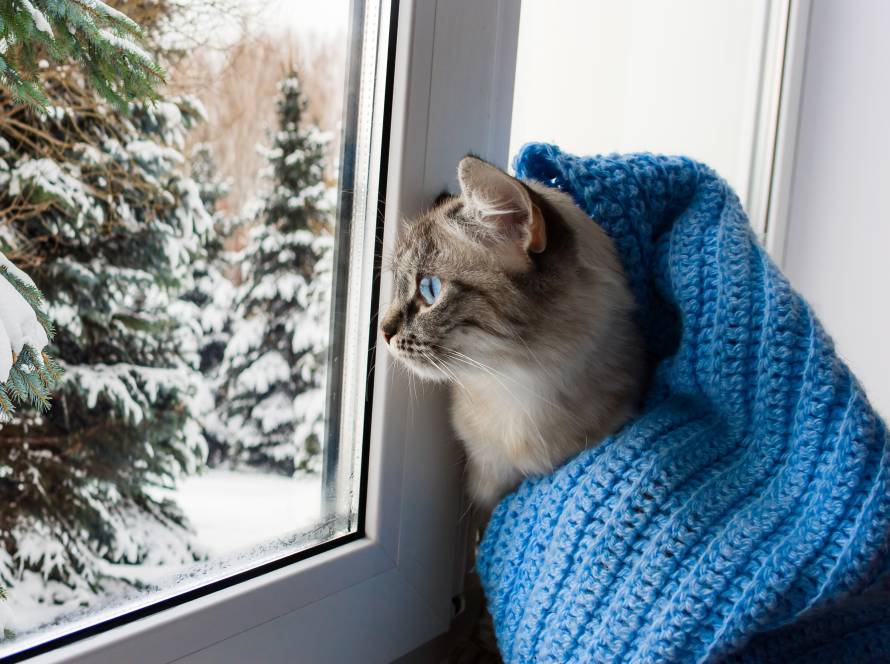What to Do When Cold AC Air Affects Your Health
Summer is in full swing — it’s hot outside but freezing in your office or car. In our San Diego acupuncture clinic, we see many patients who have been affected by air conditioning:
– Some can’t turn their neck
– Others have severe shoulder spasms
– Some even develop facial paralysis (like Bell’s palsy)
This phenomenon is often called “AC Cold-Draft Syndrome” — when your body reacts to cold air exposure from air conditioning systems.
True Story: Women Sued Over Freezing Office Temps
A few years ago in the UK, a group of women sued their employer because the office was constantly set to 18°C (64°F). The women complained of chills, worsened chronic health conditions, and decreased productivity.
The case raised an important question:
Why are office temperatures comfortable for men in suits but freezing for women?
The answer? Men and women regulate heat differently. Men tend to feel hot more easily, while women feel cold. And who usually sets the AC? Male building technicians.
How Traditional Chinese Medicine (TCM) Views Cold Exposure
In Eastern Medicine, exposure to cold air is called “Invasion of Wind-Cold”. Wind-Cold Invasion describes an external pathogenic attack—similar to catching a cold or flu—caused by exposure to cold wind, drafts, or low temperatures, especially when the body’s defenses (Wei Qi) are weak. Wind is considered the spearhead of all external pathogens. When combined with Cold, it invades the body through the skin, especially the neck and upper back where the protective Wei Qi circulates. This can happen after:
- Exposure to cold air, drafts, or AC
- Getting chilled after sweating
- Sleeping with a fan or window open
- Driving the car with open windows
- Walking outside with wet hair when it’s cold
- Sudden weather changes
In our clinic, we provide a variety of effective modalities to treat Wind-Cold syndrome. Acupuncture for Neck and Shoulder Pain
Relieves muscle spasms, improves circulation of Qi and blood, and reduces pain caused by cold.
Herbal Warming wraps & Moxibustion
These therapies warm the body, expel cold, and are especially helpful for chills, fatigue, and stiffness in the lower back and neck.
Fire Massage
Deeply penetrates to release inner cold and muscle tightness. A great choice for long-term cold stagnation.
Cupping Therapy
Breaks up stagnation, relaxes tight muscles, and improves circulation and lymphatic flow. Ideal for mid-back and lower back pain.
There are There are many effective herbal formulas used in Traditional Chinese Medicine (TCM) to treat Wind-Cold Invasion.
These formulas are designed to expel external pathogens, warm the body, rand relieve symptoms such as pain, and stiffness.
- Ge Gen Tang (Kudzu Decoction)
- Best for: Stiff neck and upper back with chills and no sweating.
- Gui Zhi Tang (Cinnamon Twig Decoction)
- Best for: Neck pain with spontaneous sweating, fatigue, and chills.
- Ma Huang Tang (Ephedra Decoction)
- Best for: Severe body aches, tight neck/shoulders, chills, and no sweating.
- Chuan Xiong Cha Tiao San (Ligusticum Powder with Green Tea)
- Best for: Head and neck pain due to Wind invasion, especially with headache.
- Qiang Huo Sheng Shi Tang (Notopterygium Decoction to Overcome Dampness)
- Best for: Neck and shoulder pain with a heavy sensation, worse in cold and damp weather.
Always consult a licensed herbalist for personalized treatment — herbal medicine is most effective when tailored to your individual constitution and current condition.
- Best for: Neck and shoulder pain with a heavy sensation, worse in cold and damp weather.
Warm up from the inside: diet tips
- Ginger and cinnamon tea
- Light, warming soups
- Avoid raw, cold, or dairy foods during acute symptoms
Final Tip
If you’re suffering from AC-related symptoms like stiff neck, back pain, or general fatigue, don’t ignore it — cold has entered your body, and Traditional Chinese Medicine has effective ways to restore your warmth and balance.



